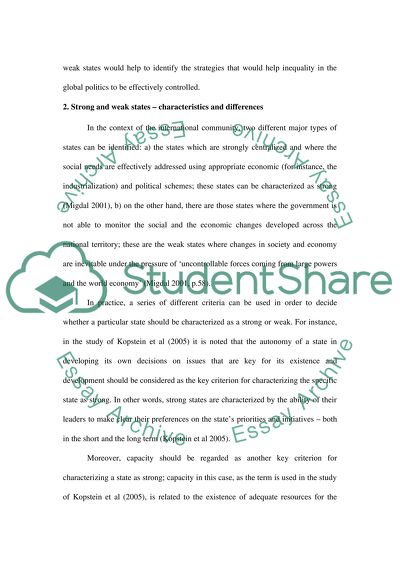Cite this document
(“Strong and weak states Essay Example | Topics and Well Written Essays - 2000 words”, n.d.)
Retrieved from https://studentshare.org/environmental-studies/1406157-strong-and-weak-states
Retrieved from https://studentshare.org/environmental-studies/1406157-strong-and-weak-states
(Strong and Weak States Essay Example | Topics and Well Written Essays - 2000 Words)
https://studentshare.org/environmental-studies/1406157-strong-and-weak-states.
https://studentshare.org/environmental-studies/1406157-strong-and-weak-states.
“Strong and Weak States Essay Example | Topics and Well Written Essays - 2000 Words”, n.d. https://studentshare.org/environmental-studies/1406157-strong-and-weak-states.


